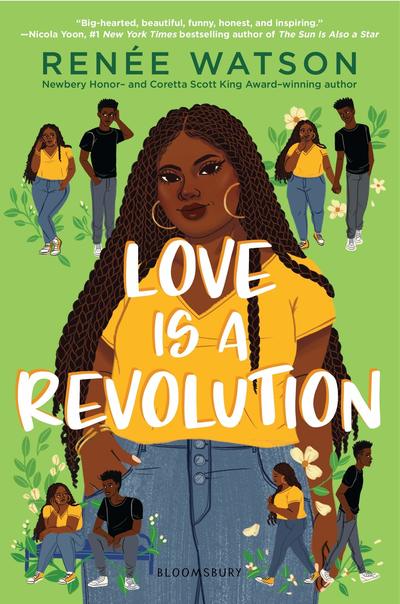Over the course of her nine YA novels, including Michael L. Printz Honor book Please Ignore Vera Dietz and Printz Medal winner Dig., A.S. King has earned a reputation for writing books that are consistently smart and timely. She is unafraid to challenge readers with ambitious prose and structure or to confront them with frank treatments of weighty themes including race, sexuality and mental health. Switch continues this work.
In Truda Becker’s world, time has stopped. It’s been June 23, 2020, for nine months, more or less. An online program called N3WCLOCK has stepped in to fill the void, informing everyone from airline pilots to high school students what time it would be, had time continued to function properly. At school, Tru and her classmates participate in an initiative called Solution Time, pooling their resources and creativity to either solve the time problem or sufficiently distract themselves so they stop caring about it altogether.
Tru’s attempts to solve the problem are complicated by a couple of issues. At home, her father has begun building a series of nested plywood boxes around a mysterious light switch at the center of their house. As the novel progresses, the house begins to turn on its axis, Tru and her family members separated into boxes within it, casualties of this inscrutable DIY project.
Tru has also recently discovered that she’s a javelin-throwing prodigy. The media has begun to report on people with special abilities, so-called Anomalies who can solve impossible math problems, heal injuries with a mere touch or even fly. As Tru navigates both the situation at her house and her newfound athletic fame, she wonders how all these strange circumstances could be connected—and whether she can break open the boxes that are keeping people apart from one another.
At first, the story’s intriguingly abstract world is so surreal as to be disorienting, as is Tru’s fragmented narration, her scattered thoughts punctuated only by forward slashes (like / so). broken apart by slashes (/) between them. Readers would do well to relax and settle into the novel’s bizarre, provocative premise and follow King where she wants to lead them. As Switch explores the spectrum between isolation and connection, it becomes an unsettling but emotionally resonant novel for our own unsettling times.
ALSO IN BOOKPAGE: A.S. King reveals how an invitation to speak at a library led to the genesis of Switch.


















